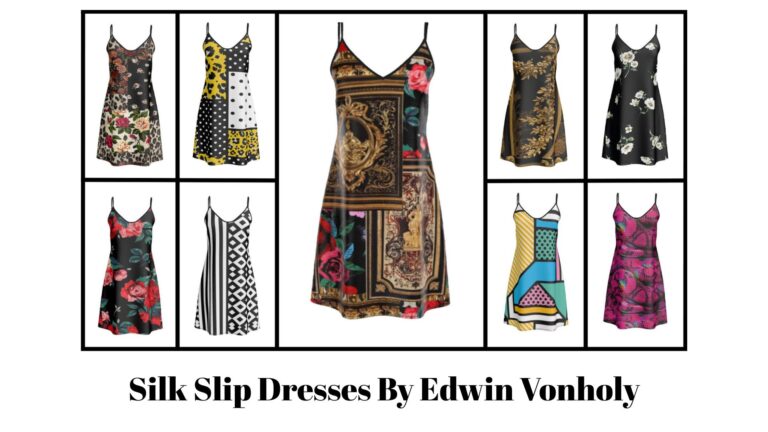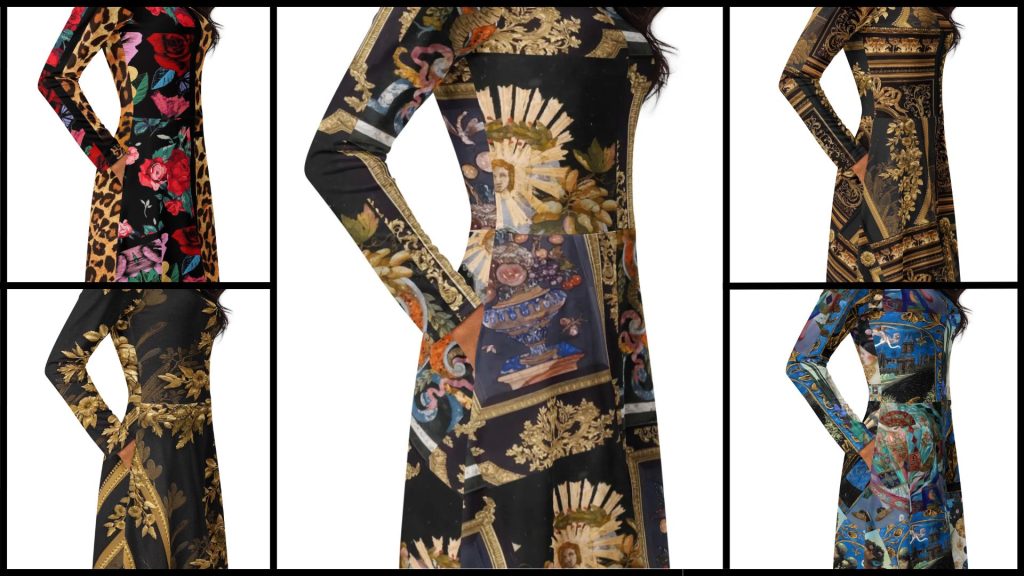Color Perception Tests Inspired by the Blue and Black Dress Debate
The Blue and Black Dress debate that took the internet by storm in 2015 was more than just a viral phenomenon; it sparked a deeper interest in the science of color perception. The optical illusion presented by the dress raised questions about how people perceive color differently, leading to an explosion of interest in understanding human vision and brain function. The widespread discussion not only captivated millions but also inspired a wave of color perception tests designed to explore and explain these differences. In this article, we will delve into how the Blue and Black Dress debate led to the creation of various color perception tests and their significance in the scientific community.
The Power of the Blue and Black Dress Phenomenon
When the photograph of the dress was first shared on the internet, it divided people into two camps: those who saw the dress as blue and black and those who saw it as white and gold. The debate seemed to be about more than just personal opinion—it revealed how dramatically our brains process visual information. What started as an innocent viral post quickly transformed into a global conversation, prompting many to question why two people could look at the same image and see completely different things.
Scientists, psychologists, and neuroscientists soon became involved in trying to explain the phenomenon, offering insights into how lighting, context, and individual differences in brain function contribute to the optical illusion. This fascination with the science behind color perception led to the creation of new color perception tests and research studies to better understand how humans interpret the world around them.
The Science Behind the Debate: Understanding Color Perception
At the heart of the Blue and Black Dress debate was the concept of color constancy—the ability of the human brain to maintain consistent color perception despite varying lighting conditions. In simple terms, our brains adjust the way we perceive colors based on the light source, which can sometimes lead to drastically different interpretations of the same object.
The dress in question was photographed under lighting conditions that made its true colors difficult to discern. Some viewers’ brains adjusted to the light source and perceived the dress as blue and black, while others interpreted the colors as white and gold. Factors such as the viewer’s previous experiences, the lighting in the room, and even the display settings of the device used to view the image played a role in how the colors were perceived.
Color Perception Tests: Analyzing Differences in Vision
The viral success of the Blue and Black Dress debate brought about a renewed interest in color perception and visual processing. Researchers began to create tests to better understand the underlying mechanisms that lead to the differences in color perception. These tests explore various aspects of visual processing, including how the brain interprets light, how colors appear under different lighting conditions, and how people perceive contrasting colors. Here are some notable types of color perception tests inspired by the debate:
1. The “Dress Color Test”
Many websites and psychologists created online tests based on the Blue and Black Dress debate, designed to measure how different individuals perceive color. These tests typically involve showing a variety of images—some of which are similar to the famous dress photo—and asking participants to identify the colors. By analyzing the responses, researchers can determine which factors influence color perception and whether certain individuals tend to perceive colors more accurately than others.
2. The “Color Constancy” Test
One of the most important aspects of the Blue and Black Dress debate was the role that color constancy played in shaping people’s perceptions. The color constancy test measures how the brain adjusts to different lighting conditions to maintain color consistency. Participants are shown an image of a color under varying light conditions, and they are asked to identify the color despite the change in lighting. These tests are particularly useful for understanding the physiological mechanisms that allow humans to recognize objects in different environments, even when lighting conditions are not ideal.
3. The “Optical Illusion Color Test”
Inspired by the Blue and Black Dress optical illusion, the optical illusion color test challenges participants to identify colors in images that have been deliberately altered to create optical illusions. These illusions may involve patterns, contrasting colors, or lighting effects that trick the brain into perceiving one color as another. These tests aim to explore how our brains process visual information and why we sometimes perceive the same object in different ways. They also highlight the brain’s tendency to rely on context and surrounding visual cues to interpret color.
4. The “Cultural and Environmental Perception Test”
Cultural and environmental factors also play a role in color perception. The cultural perception test examines how individuals from different cultural backgrounds or geographical locations perceive color. For example, certain colors may be perceived differently depending on cultural associations with those colors. Additionally, environmental factors such as the quality of light in a specific region may impact how colors are seen. The Blue and Black Dress debate highlighted that cultural differences might influence color perception, and these tests aim to explore those influences further.
5. The “Eye Health and Age Perception Test”
An interesting aspect of the Blue and Black Dress debate was that people of different ages and eye health conditions often saw the dress differently. The eye health and age perception test explores how aging and visual impairments affect color perception. For example, individuals with age-related changes in vision, such as cataracts or macular degeneration, may perceive colors differently than those with optimal vision. This test helps shed light on how aging impacts the way people see the world and whether certain visual impairments make color perception more susceptible to optical illusions.
The Impact on Color Psychology and Design
Beyond its initial viral status, the Blue and Black Dress debate has had a lasting impact on color psychology and design. As the phenomenon unfolded, it sparked discussions about how color affects human emotions, decision-making, and branding. For designers, understanding color perception is crucial when creating logos, advertising, and product designs. The debate also raised awareness about how the human brain processes visual stimuli, leading to more refined color theory applications in various industries, including fashion, marketing, and web design.
Conclusion: Understanding the Blue and Black Dress Phenomenon
The Blue and Black Dress debate may have started as a simple optical illusion, but it led to a deeper exploration of the complexities of human vision and color perception. The viral debate sparked interest in scientific research and color perception tests, shedding light on how individuals process color differently. Today, these tests continue to inspire research in neuroscience, psychology, and design, helping us better understand the intricate relationship between the brain, the eyes, and the world of color.
In the end, the dress remains a reminder that perception is subjective, and what we see may not always be the same as what others perceive. Whether it’s blue and black or white and gold, the debate continues to highlight the fascinating ways in which our minds interpret the world around us.





